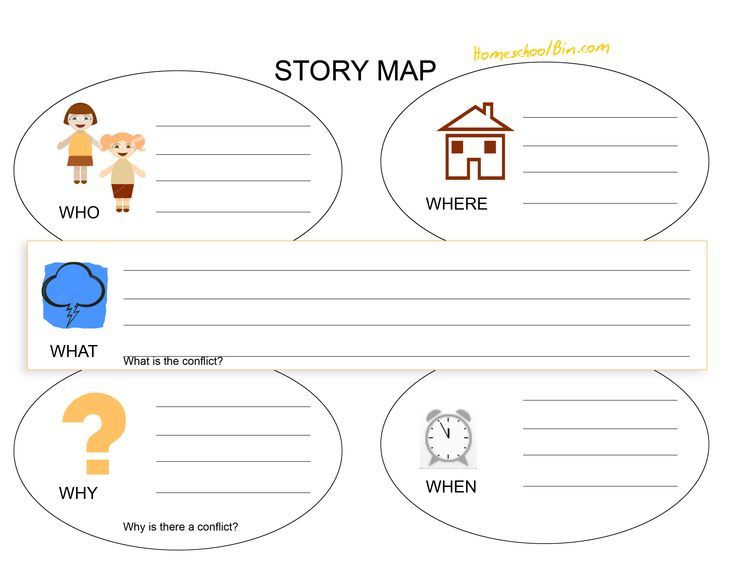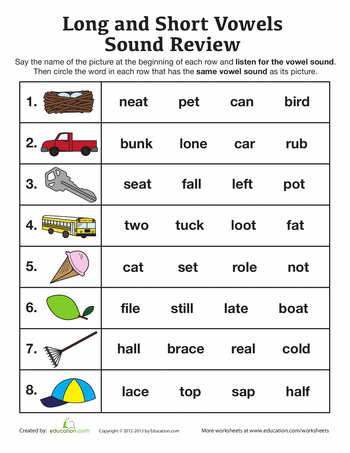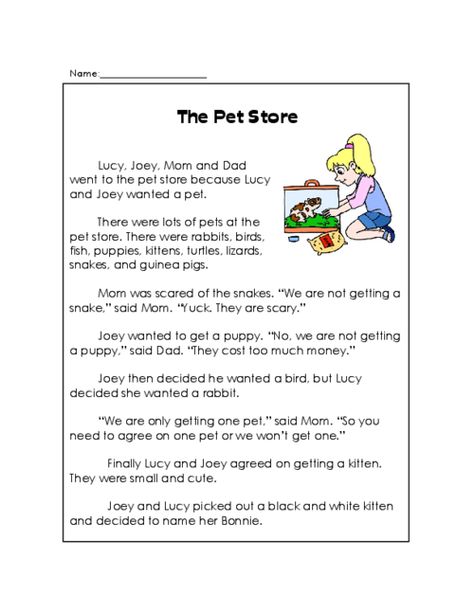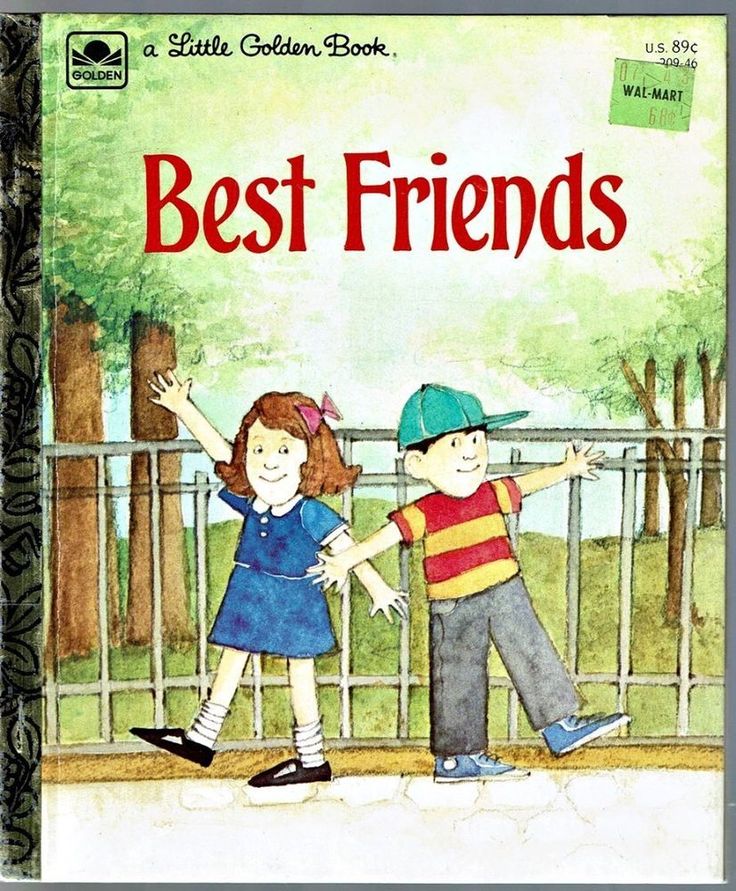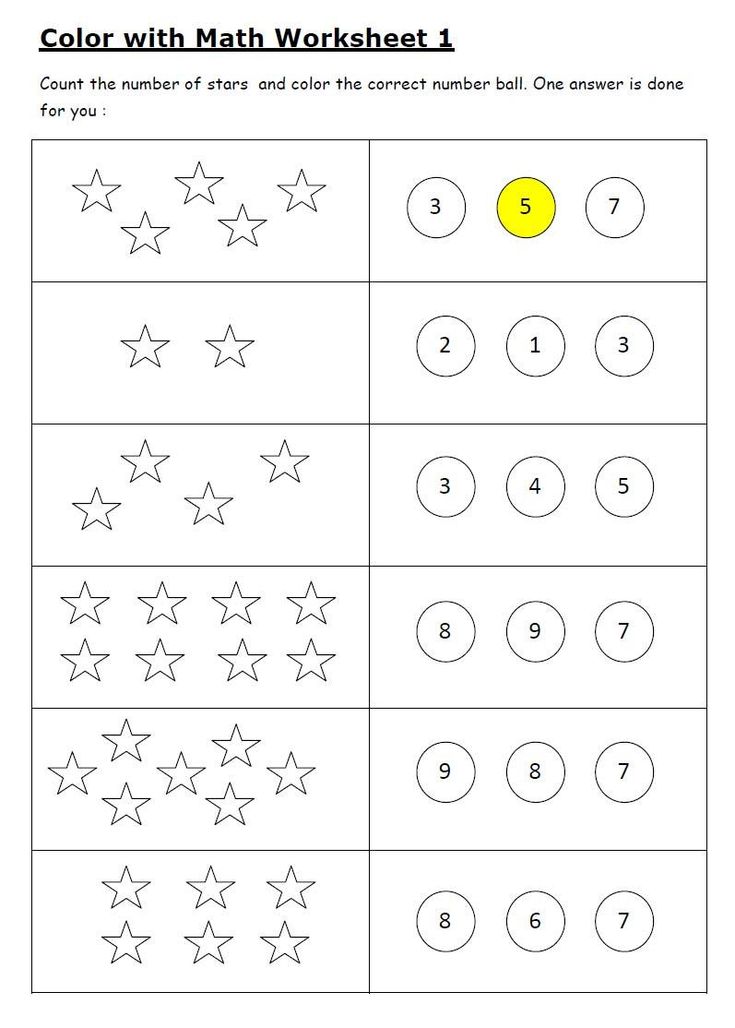Step to teach reading
9 Fun and Easy Tips
With the abundance of information out there, it can seem like there is no clear answer about how to teach a child to read. As a busy parent, you may not have time to wade through all of the conflicting opinions.
That’s why we’re here to help! There are some key elements when it comes to teaching kids to read, so we’ve rounded up nine effective tips to help you boost your child’s reading skills and confidence.
These tips are simple, fit into your lifestyle, and help build foundational reading skills while having fun!
Tips For How To Teach A Child To Read
1) Focus On Letter Sounds Over Letter Names
We used to learn that “b” stands for “ball.” But when you say the word ball, it sounds different than saying the letter B on its own. That can be a strange concept for a young child to wrap their head around!
Instead of focusing on letter names, we recommend teaching them the sounds associated with each letter of the alphabet. For example, you could explain that B makes the /b/ sound (pronounced just like it sounds when you say the word ball aloud).
Once they firmly establish a link between a handful of letters and their sounds, children can begin to sound out short words. Knowing the sounds for B, T, and A allows a child to sound out both bat and tab.
As the number of links between letters and sounds grows, so will the number of words your child can sound out!
Now, does this mean that if your child already began learning by matching formal alphabet letter names with words, they won’t learn to match sounds and letters or learn how to read? Of course not!
We simply recommend this process as a learning method that can help some kids with the jump from letter sounds to words.
2) Begin With Uppercase Letters
Practicing how to make letters is way easier when they all look unique! This is why we teach uppercase letters to children who aren’t in formal schooling yet.
Even though lowercase letters are the most common format for letters (if you open a book at any page, the majority of the letters will be lowercase), uppercase letters are easier to distinguish from one another and, therefore, easier to identify.
Think about it –– “b” and “d” look an awful lot alike! But “B” and “D” are much easier to distinguish. Starting with uppercase letters, then, will help your child to grasp the basics of letter identification and, subsequently, reading.
To help your child learn uppercase letters, we find that engaging their sense of physical touch can be especially useful. If you want to try this, you might consider buying textured paper, like sandpaper, and cutting out the shapes of uppercase letters.
Ask your child to put their hands behind their back, and then place the letter in their hands. They can use their sense of touch to guess what letter they’re holding! You can play the same game with magnetic letters.
3) Incorporate Phonics
Research has demonstrated that kids with a strong background in phonics (the relationship between sounds and symbols) tend to become stronger readers in the long-run.
A phonetic approach to reading shows a child how to go letter by letter — sound by sound — blending the sounds as you go in order to read words that the child (or adult) has not yet memorized.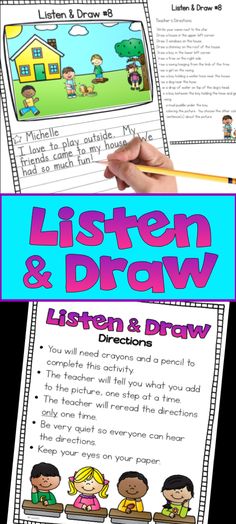
Once kids develop a level of automatization, they can sound out words almost instantly and only need to employ decoding with longer words. Phonics is best taught explicitly, sequentially, and systematically — which is the method HOMER uses.
If you’re looking for support helping your child learn phonics, our HOMER Learn & Grow app might be exactly what you need! With a proven reading pathway for your child, HOMER makes learning fun!
4) Balance Phonics And Sight Words
Sight words are also an important part of teaching your child how to read. These are common words that are usually not spelled the way they sound and can’t be decoded (sounded out).
Because we don’t want to undo the work your child has done to learn phonics, sight words should be memorized. But keep in mind that learning sight words can be challenging for many young children.
So, if you want to give your child a good start on their reading journey, it’s best to spend the majority of your time developing and reinforcing the information and skills needed to sound out words.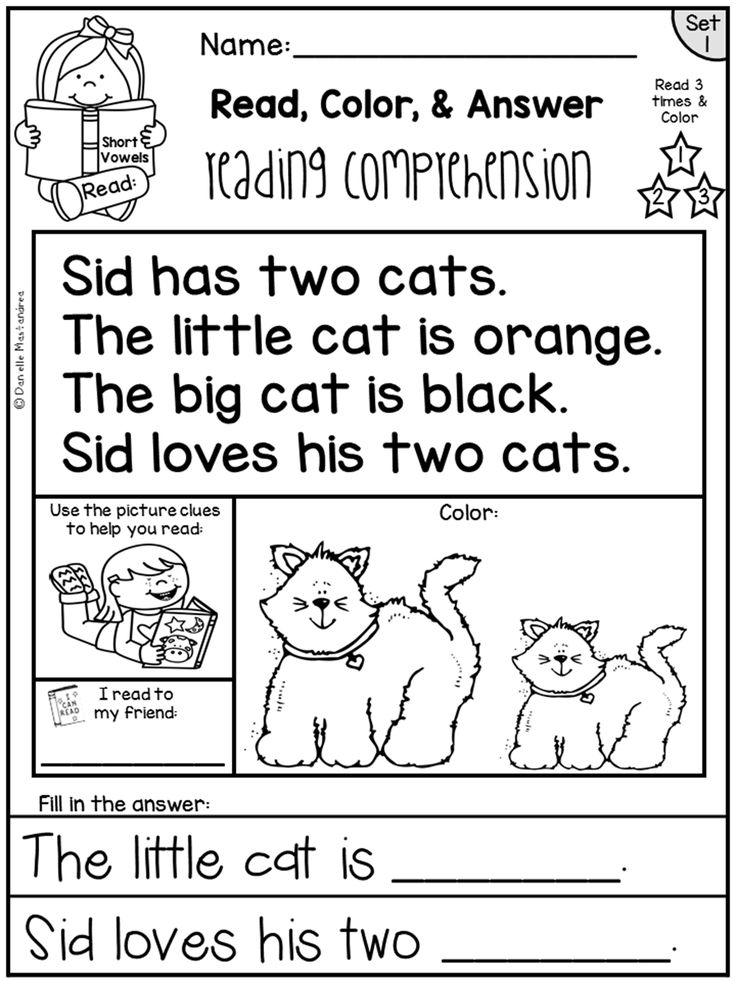
5) Talk A Lot
Even though talking is usually thought of as a speech-only skill, that’s not true. Your child is like a sponge. They’re absorbing everything, all the time, including the words you say (and the ones you wish they hadn’t heard)!
Talking with your child frequently and engaging their listening and storytelling skills can increase their vocabulary.
It can also help them form sentences, become familiar with new words and how they are used, as well as learn how to use context clues when someone is speaking about something they may not know a lot about.
All of these skills are extremely helpful for your child on their reading journey, and talking gives you both an opportunity to share and create moments you’ll treasure forever!
6) Keep It Light
Reading is about having fun and exploring the world (real and imaginary) through text, pictures, and illustrations. When it comes to reading, it’s better for your child to be relaxed and focused on what they’re learning than squeezing in a stressful session after a long day.
We’re about halfway through the list and want to give a gentle reminder that your child shouldn’t feel any pressure when it comes to reading — and neither should you!
Although consistency is always helpful, we recommend focusing on quality over quantity. Fifteen minutes might sound like a short amount of time, but studies have shown that 15 minutes a day of HOMER’s reading pathway can increase early reading scores by 74%!
It may also take some time to find out exactly what will keep your child interested and engaged in learning. That’s OK! If it’s not fun, lighthearted, and enjoyable for you and your child, then shake it off and try something new.
7) Practice Shared Reading
While you read with your child, consider asking them to repeat words or sentences back to you every now and then while you follow along with your finger.
There’s no need to stop your reading time completely if your child struggles with a particular word. An encouraging reminder of what the word means or how it’s pronounced is plenty!
Another option is to split reading aloud time with your child. For emerging readers, you can read one line and then ask them to read the next. For older children, reading one page and letting them read the next page is beneficial.
For emerging readers, you can read one line and then ask them to read the next. For older children, reading one page and letting them read the next page is beneficial.
Doing this helps your child feel capable and confident, which is important for encouraging them to read well and consistently!
This technique also gets your child more acquainted with the natural flow of reading. While they look at the pictures and listen happily to the story, they’ll begin to focus on the words they are reading and engage more with the book in front of them.
Rereading books can also be helpful. It allows children to develop a deeper understanding of the words in a text, make familiar words into “known” words that are then incorporated into their vocabulary, and form a connection with the story.
We wholeheartedly recommend rereading!
8) Play Word Games
Getting your child involved in reading doesn’t have to be about just books. Word games can be a great way to engage your child’s skills without reading a whole story at once.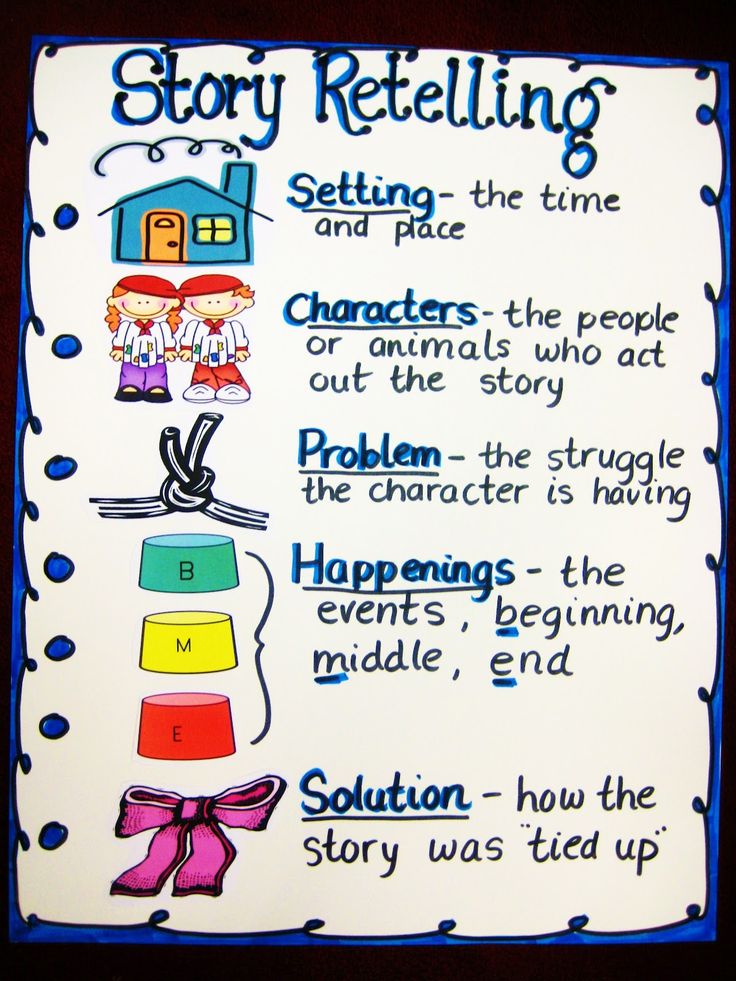
One of our favorite reading games only requires a stack of Post-It notes and a bunched-up sock. For this activity, write sight words or words your child can sound out onto separate Post-It notes. Then stick the notes to the wall.
Your child can then stand in front of the Post-Its with the bunched-up sock in their hands. You say one of the words and your child throws the sock-ball at the Post-It note that matches!
9) Read With Unconventional Materials
In the same way that word games can help your child learn how to read, so can encouraging your child to read without actually using books!
If you’re interested in doing this, consider using PlayDoh, clay, paint, or indoor-safe sand to form and shape letters or words.
Another option is to fill a large pot with magnetic letters. For emerging learners, suggest that they pull a letter from the pot and try to name the sound it makes. For slightly older learners, see if they can name a word that begins with the same sound, or grab a collection of letters that come together to form a word.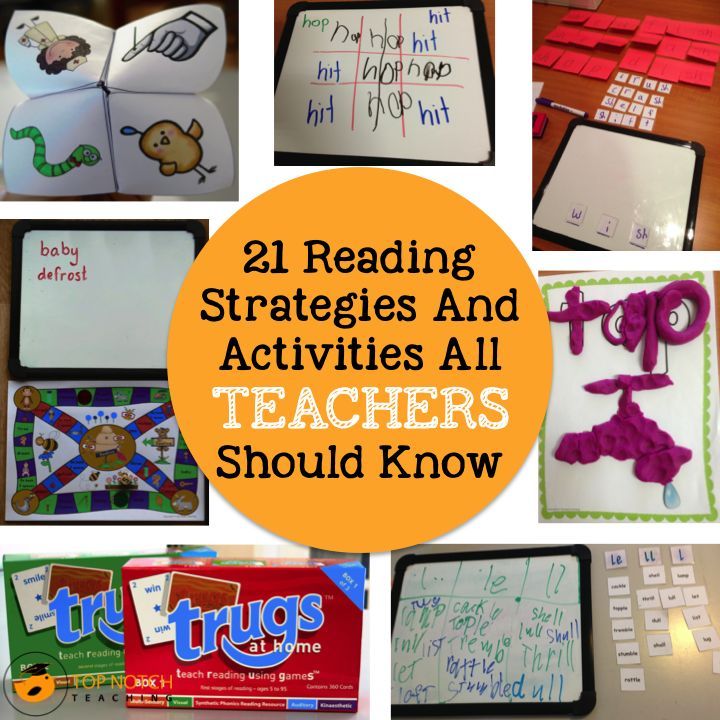
As your child becomes more proficient, you can scale these activities to make them a little more advanced. And remember to have fun with it!
Reading Comes With Time And Practice
Overall, we want to leave you with this: there is no single answer to how to teach a child to read. What works for your neighbor’s child may not work for yours –– and that’s perfectly OK!
Patience, practicing a little every day, and emphasizing activities that let your child enjoy reading are the things we encourage most. Reading is about fun, exploration, and learning!
And if you ever need a bit of support, we’re here for you! At HOMER, we’re your learning partner. Start your child’s reading journey with confidence with our personalized program plus expert tips and learning resources.
Author
The 7 Main Steps To Teach Reading, From Beginning To Reading Comprehension
There are seven main steps to teaching reading to a child from the beginning to reading comprehension. They are as follows:
They are as follows:
Students need to learn the individual sounds in words and that words are made up of small parts of sound and phonemes. Recognizing individual sounds and understanding the relationship between letters and spoken sounds (phonics) create phonemic awareness.
Be sure to emphasize ending sounds as well as the more obvious beginning sounds. Listening for ending sounds is sometimes overlooked, yet it is very important.
Step 2: Teach sound blends:Sound blends such as st, fl, dr, sh, etc should be emphasized as well as digraphs such as ch, ck, ph. These letters together form distinct sounds or phonemes.
Step 3: Teach whole words:Whole-word recognition or word identification is made up of being able to use sound-symbol relationships. This is an important skill that deserves the time students spend to master. Word families- bat, cat, pat, sat, etc.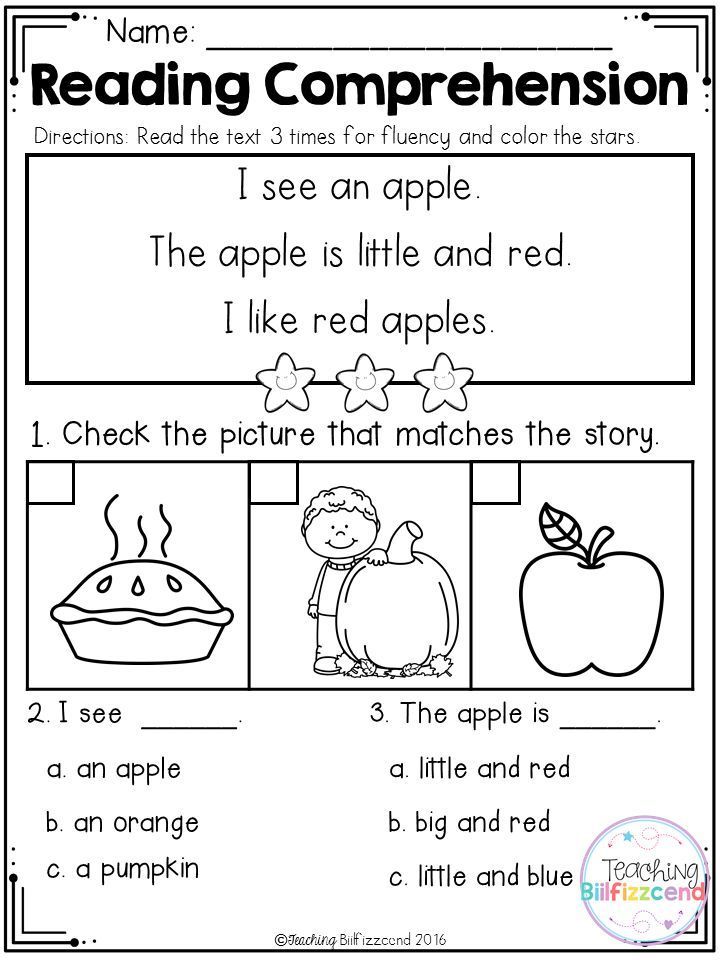 are important in this stage. Vowels should require special attention in this stage, especially when distancing between short /i/ and short /e/ (As in /pit/ and /pet/) throughout the whole-word reading process.
are important in this stage. Vowels should require special attention in this stage, especially when distancing between short /i/ and short /e/ (As in /pit/ and /pet/) throughout the whole-word reading process.
We learn some sight words incidentally or in the course of everyday life. Certain words are just recognized by their appearance and EFL students can recognize and appear to “read” signs and advertisements, such as Brand Names such as NIKE, Pepsi, etc.
Here are some materials you can use to promote the developing EFL students’ identification of sight words:
- Word games such as matching and word search games.
- Flashcards or reader books with plenty of sight words.
- Picture dictionaries.
- Rhymes and entertaining poetry.
Be sure that students know the meaning of each word they read. You can use a lot of techniques to present the meanings such as drawings, pictures, miming, etc. Don’t forget to check the understanding of the meanings frequently. Be sure that students can discriminate the variations in meaning as well as go over words that sound the same but have different spellings and meanings.
Be sure that students can discriminate the variations in meaning as well as go over words that sound the same but have different spellings and meanings.
It is important to teach word parts: prefixes, root words, suffixes, and derivations of words. When students know these parts, they will be able to understand more words. For example, when an elementary school student knows the meaning of “bed” and the meaning “room”, they will understand easily the meaning of “bedroom”.
Step 6: Put words in contexts:Encouraging students to put each word in context is a powerful strategy. The student who can use words in sentences can demonstrate a mastery of reading and language usage as well.
Step 7: Teach reading comprehension:Teaching reading comprehension is essential to achieve the enjoyment of reading or reading for pleasure and for understanding the informational text. Several important techniques to check reading comprehension can be used.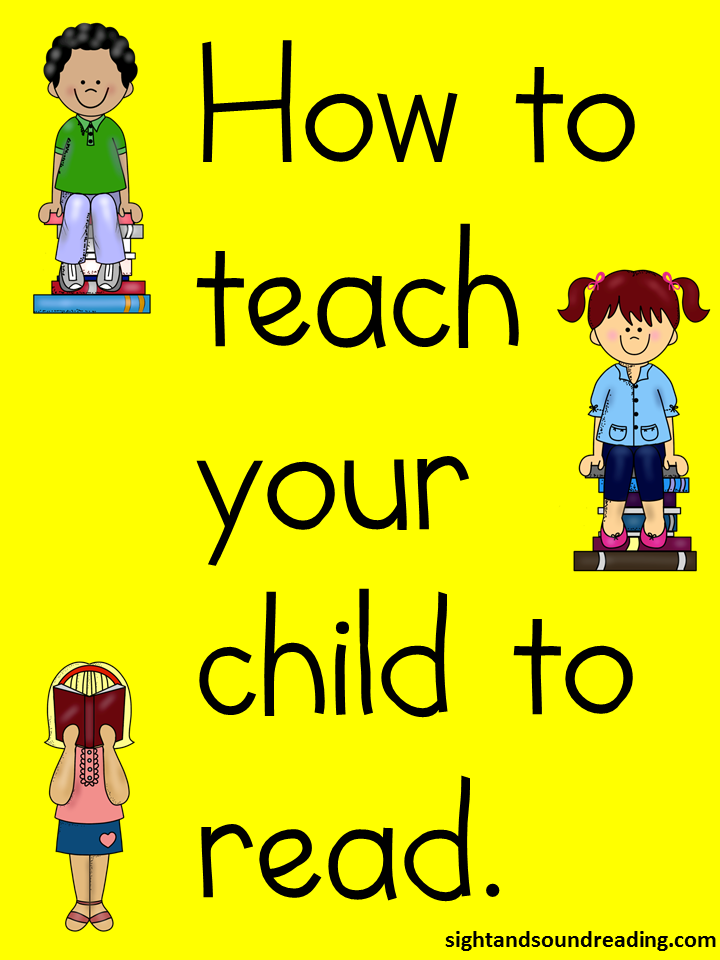 You can ask students to:
You can ask students to:
- retell, summarize, or paraphrase what you’ve read.
- make inferences or draw conclusions.
- sequence events.
- compare and contrast, etc.
Liked This Article?
Share It With Your Networks.
You can also join my email list not only to be notified of the latest updates on elttguide.com but also to get TWO of my products: Quick-Start Guide To Teaching Listening In The Classroom & Quick-Start Guide To Teaching Grammar In The Classroom For FREE!
Want to Continue Your ELT Professional Development?Searching For The Best TEFL Courses?We Recommend International TEFL Academy (ITA)
It is one of the world’s largest TEFL certification schools for you to become professionally trained as an English teacher.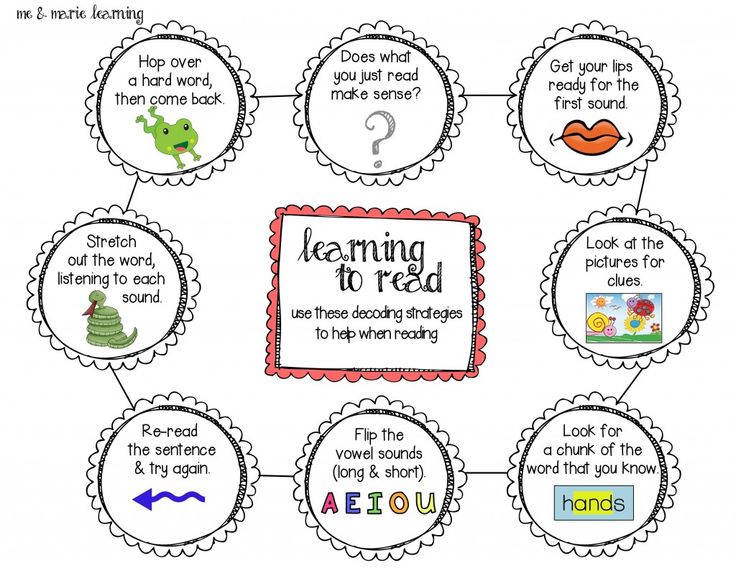
International TEFL Academy (ITA) trains more than 6,000 English teachers annually and offers internationally accredited TEFL-TESOL certification courses online and in 25 locations around the world.
All students and graduates receive a lifetime job and search guidance, and graduates are currently employed as teachers of English online and in more than 80 nations in Asia, Europe, Latin America, and the Middle East.
For more information about TEFL certification and teaching English abroad, please visit their site: International TEFL Academy (ITA) to receive a FREE guide now.
Methodological foundations for teaching reading literary texts in the Iranian audience
Reading works of art plays an important role in the process teaching Russian as a foreign language, because on the one hand is a means of introducing foreign students to the country, life and culture of the Russian people and with other enrichment lexical and grammatical competencies, helps to develop they have other types of speech activity, i.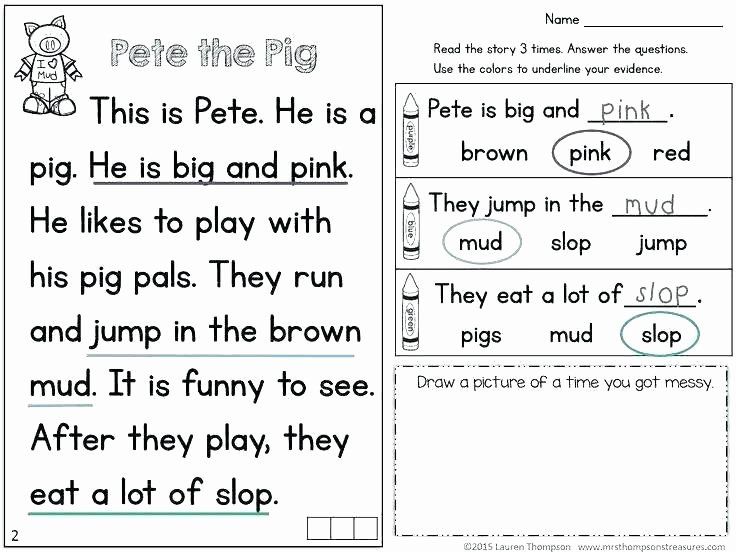 e. listening, writing and speaking. In an Iranian audience subject "reading fiction" in the process learning does not play such an important role, why?
e. listening, writing and speaking. In an Iranian audience subject "reading fiction" in the process learning does not play such an important role, why?
On the in our opinion, the reason is that today's methods Russian language teaching methods used in the world are aimed at communication i.e. for verbal communication, but traditional the teaching method used in Iran relies on learning translation and grammar, so almost learning all kinds of speech activities in the Iranian audience is aimed at satisfying the goals of the conscious approach and the conscious methods.
Even reading literary texts in the Iranian audience in the majority cases is made for the purpose of teaching translation and grammar, i.e. the teacher gives such texts to students, and they they are translated in writing at home or orally in the classroom. In the classroom options for translating texts are considered, despite their cultural component. In such cases, the literary text becomes Persian-speaking students are not a mirror of Russian culture, but a mass unknown words only for translation, which requires the student to a lot of time and attention without any effective results.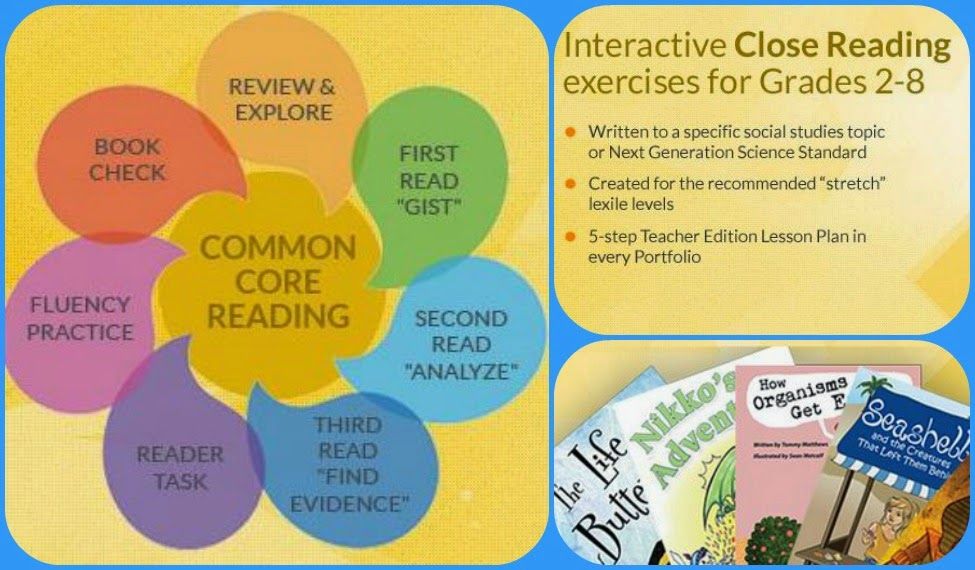
Another no less important methodological problem in the classroom "reading literature" in the Iranian audience, which reduces the effectiveness of teaching this subject is that that Persian-speaking students do not get acquainted with different types of reading, even with basic, i.e. studying, introductory and viewing and therefore they do not know for what purpose read each literary text.
Methodists approved that from the very beginning of reading, students must be familiar with the basic types of reading. Shukin writes: “Starting to read, a person sets himself different communication tasks. Depending on communication tasks, which the reader sets himself, and the corresponding techniques, reading is divided into types” [6, p. 127] and in our opinion the first methodological step in teaching reading literary texts after compiling a special nationally-oriented training manuals for this subject - to familiarize students with basic reading.
Drafting a special nationally-oriented training manual for subject "reading fiction" taking into account needs and interests of Persian-speaking students - very important and necessary, but not enough, because after compiling such a textbook, you need to choose the right method of working on it.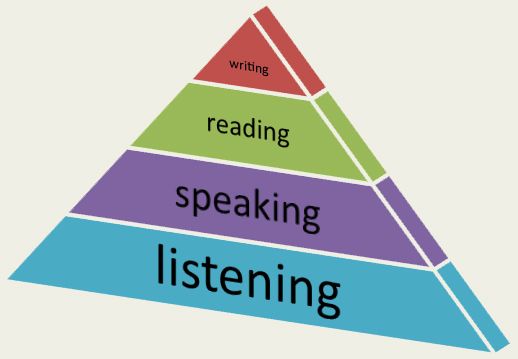 In case of non-observance of the norms of the correct method of working on this textbook, even such a special textbook will be ineffective and does not give the desired result. In other words “how to read”, i.e., the methodology for working on literary text has the same meaning as “what you need read".
In case of non-observance of the norms of the correct method of working on this textbook, even such a special textbook will be ineffective and does not give the desired result. In other words “how to read”, i.e., the methodology for working on literary text has the same meaning as “what you need read".
The second methodological step in teaching reading literary texts after familiarization with Persian-speaking students with the main types of reading in the Iranian audience - start learning to read with a study and familiarization reading.
Methodists believe that at the beginning of learning to read it is advisable to use viewing reading, since the student with this type of reading, it needs experience and possession of a large volume of language material and since Persian speakers, beginners to learn Russian do not have such a volume of language material, their interest decreases.
Above, we noted that the method of working on artistic texts is important.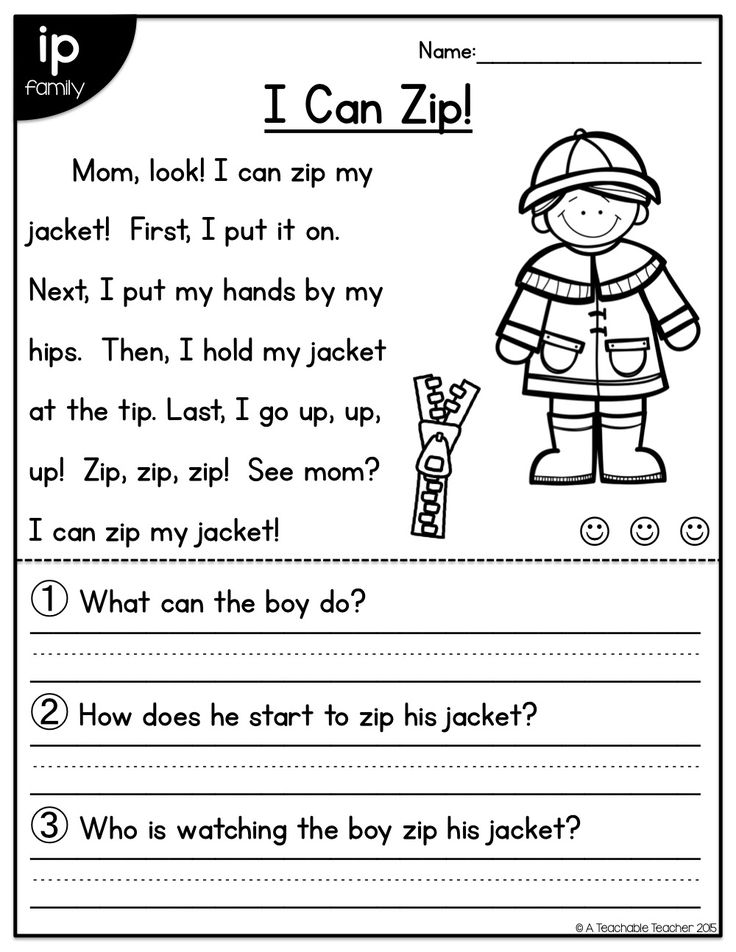 According to V. G. Kostomarov and O. D. Mitrofanova “At the initial stage teaching, the attention of students is often riveted precisely to technology reading; connections between words, the meaning of individual words and sentences. When reading, students do not know what they are reading, as they are absorbed in themselves. process, form, not content.
According to V. G. Kostomarov and O. D. Mitrofanova “At the initial stage teaching, the attention of students is often riveted precisely to technology reading; connections between words, the meaning of individual words and sentences. When reading, students do not know what they are reading, as they are absorbed in themselves. process, form, not content.
On the against this background, the methodological error of the teacher would be to follow only correct pronunciation, on the contrary: he must (even to the detriment of phonetics) strives in every possible way to wrest students from the plan of form, direct their attention to the meaning of what they are reading. the most elementary the methodological conclusion here will be: do not interrupt the reader, correcting him on every word" [2, p. 113].
Residence teacher of students with corrections when reading - wrong method of teaching reading literary texts because:
Firstly, reduces student interest and as we know learning without interest is ineffective.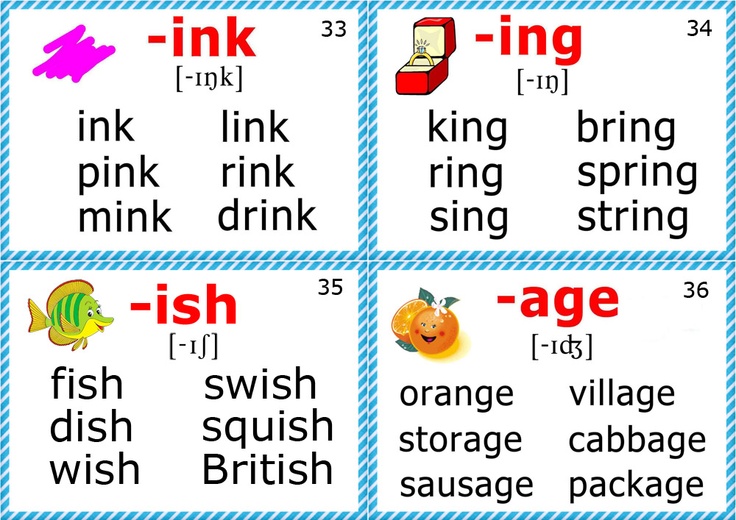 Secondly, it leads to a decrease self-confidence of students and therefore they voluntarily and carefully do not focus on the learning process and thirdly leads to anxiety in front of the teacher. By definition of S. S. Stepanov "anxiety - emotional distress associated with anticipation danger or failure” [4, p. 168] and obviously when students study under fear and anxiety, do not participate in conversations and conversations in the classroom and learning is not gives the desired result.
Secondly, it leads to a decrease self-confidence of students and therefore they voluntarily and carefully do not focus on the learning process and thirdly leads to anxiety in front of the teacher. By definition of S. S. Stepanov "anxiety - emotional distress associated with anticipation danger or failure” [4, p. 168] and obviously when students study under fear and anxiety, do not participate in conversations and conversations in the classroom and learning is not gives the desired result.
teachers can write the student's pronunciation errors while reading and after reading to give the necessary recommendations.
"Production adequate pronunciation skills, the ability to correctly and meaningfully read the text with observance of semantic pauses and stresses very important, but the main task is still from the very first Russian language classes - to instill in students the skill understand, comprehend what is read already in the process of primary reading” [2, p. 114].
114].
For in order to achieve this goal in the process of reading, i.e. students' understanding of the texts of works of art should change the method of teaching reading these texts. In the process research, we came to the following conclusions regarding to the correct methodology for teaching reading literary texts:
one) When reading a new literary text, it is better to first resolve for Persian-speaking students to listen to the text in the recording. When students listen to the text in the recording for the first time, get acquainted with the correct pronunciation and stress of unfamiliar words and makes it easier for them to read. In case of no entry the teacher reads the text more than once.
2) After the students have listened to the new literary text, the teacher explains difficult words, phrases, grammatical constructions or cultural aspects text. The teacher should avoid explaining as much as possible in Persian, because this technique weakens memorization grammatical, lexical and cultural facts of Russian artistic text.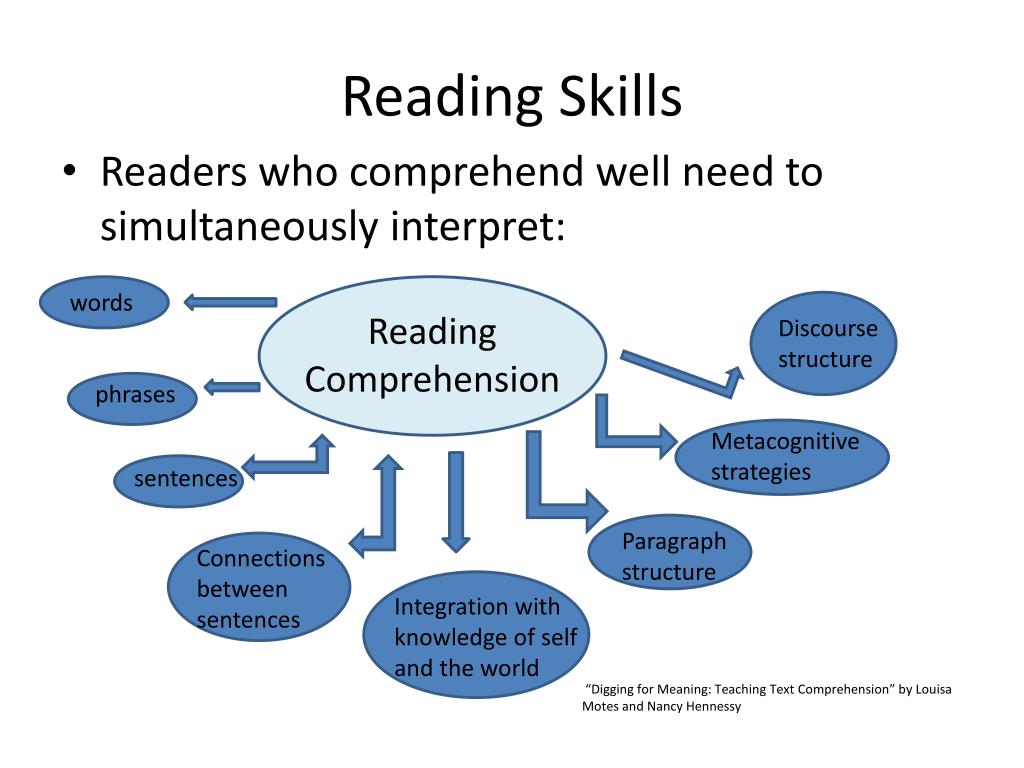 The teacher can explain difficult and incomprehensible sides of the text in other words and in Russian.
The teacher can explain difficult and incomprehensible sides of the text in other words and in Russian.
3) When students are already familiar with the literary text and eased his difficult moments, a volunteer among students reads the text and after it the teacher asks other students read text. The teacher means that: "requirement correct pronunciation should not prevent the student from striving perceive the content, if possible without translation" [2, p. 116]. At the same time, the teacher does not interrupt the student with corrections. and allows him to enter the containment plan and after reading corrects pronunciation errors.
four) “The teacher should not be disturbed if at the first lessons trainees only get used to a new activity for them, not everyone is quick to answer questions. Practice shows that they at this time they do not hover in the clouds, but think and find answers, but for various reasons are in no hurry to express them. After some time, they begin to actively participate in the general work and achieve good results” [3, p.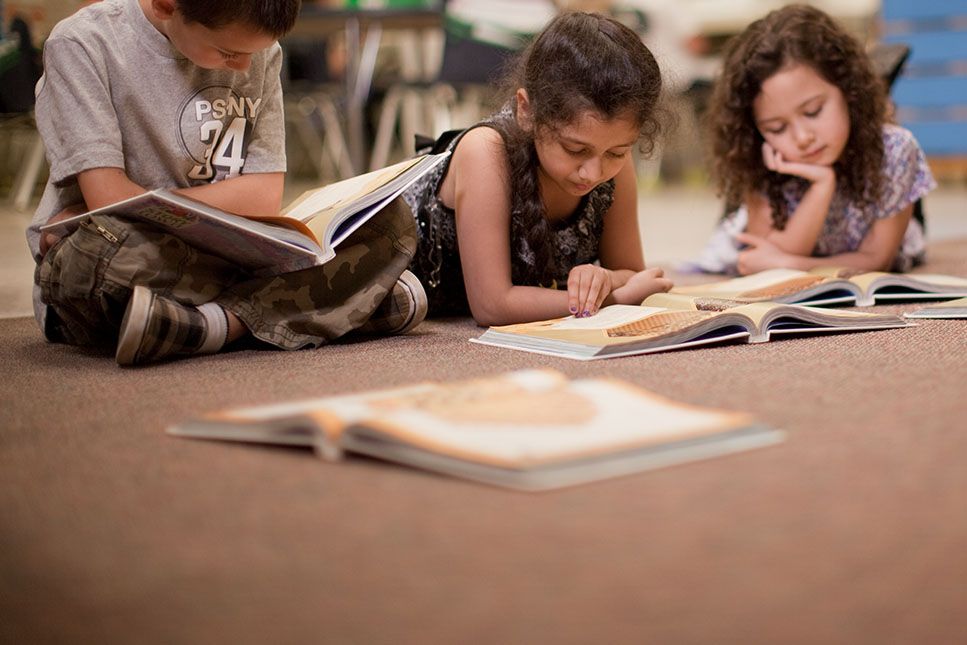 102].
102].
5) Work on literary texts in the process of learning to read these texts is a very important methodological factor. Method of working on literary texts depends on the stage of student learning. Although the ultimate goal of learning to read such texts is the same, but on each stage should set temporary goals for students.
ultimate the purpose of teaching reading literary texts is to teach understanding the meaning of the text, but from the very beginning of learning to read it is advisable to set this goal for Persian-speaking students, and in at the beginning, you can read the text for the purpose of superficial understanding or understanding of individual segments, phrases, sentences, phrases or even words.
On the at the initial stage of education, literary texts are used to formation of skills and abilities in various types of speech activities. First of all, they help to expand the vocabulary. and its activation. Instructor to attract the attention of students can choose some fragments of the text, which are interesting to Persian-speaking students in some aspects as cultural, historical, etc.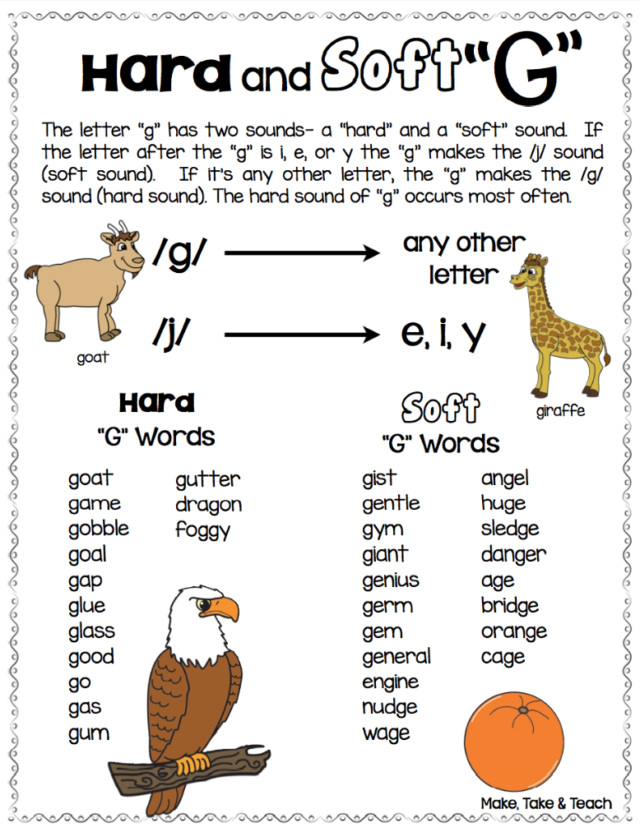 At this stage, students can think about mysterious meanings of events or inner motives heroes of a literary text, then in simple sentences and phrases, even with the help of a teacher to express their thoughts and opinions about the text.
At this stage, students can think about mysterious meanings of events or inner motives heroes of a literary text, then in simple sentences and phrases, even with the help of a teacher to express their thoughts and opinions about the text.
On the In the early stages of teaching, teachers should take into account that understanding the deep meanings of a literary text is very difficult for Persian-speaking students “Therefore, lexico-grammatical exercises based on the content information of the text, aimed at on the assimilation and activation of language and speech material, precede exercises to understand the meaning of a literary text in connection with various situations, fragments, heroes and their actions and deeds” [1, p. 3]. At this stage, sometimes understanding the general meaning of the text is sufficient, but in other stages detailed understanding is essential.
On the In the middle stage of learning, a detailed understanding of the text is very important.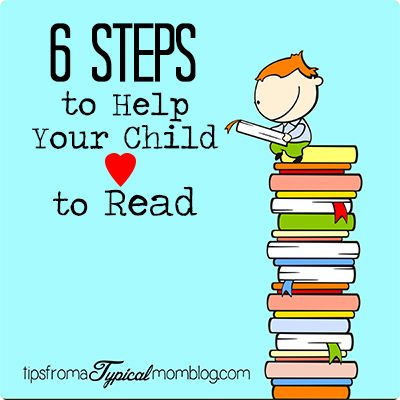 At this reproductive form of work on the text, i.e. retelling, question-answer exercises play an important role.
At this reproductive form of work on the text, i.e. retelling, question-answer exercises play an important role.
On the At this stage, the teacher can ask questions to activization of students in the lesson and at the same time sometimes begins conversation among students and since the ultimate goal of learning Russian language - communication, then in this case the teacher achieves the goal and success in the learning process.
At when working on literary texts, teachers should pay attention attention to the fact that at the initial and in some cases at middle stage, the use of adapted texts is mandatory, so as a foreign student who does not know background knowledge, realities, catchphrases and others. when reading authentic literary texts, it is necessary faces many problems and his interest to read literary texts is decreasing.
On the the advanced stage of learning also includes the analysis of a literary text in the composition of work on artistic texts.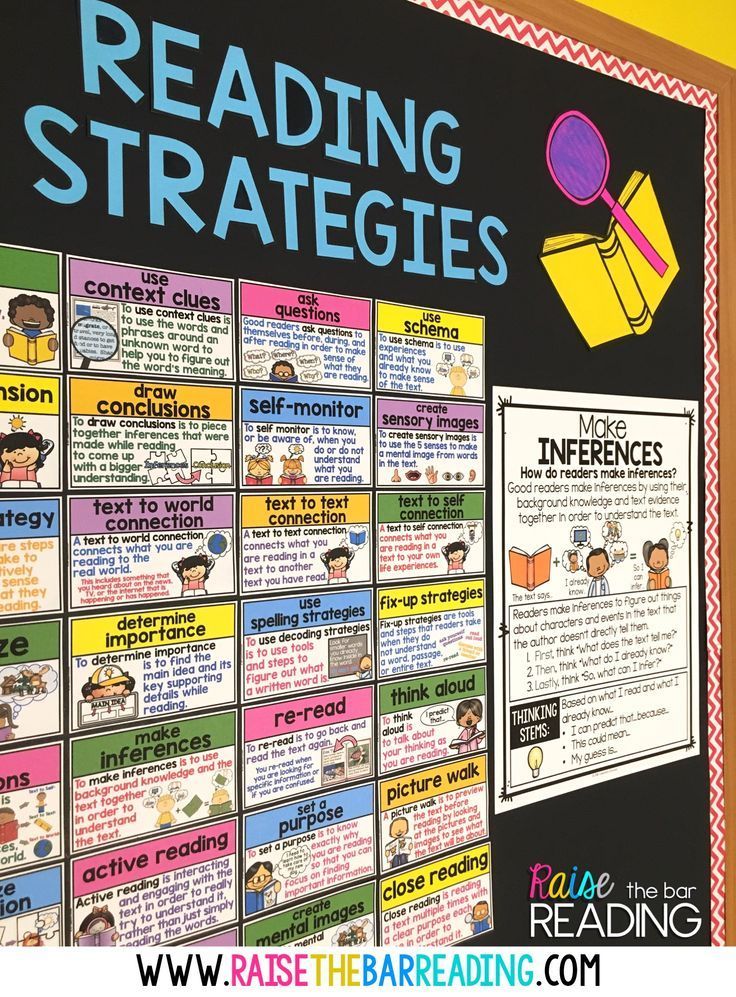 To students could analyze the text, they should at other stages expand your passive and active vocabularies.
To students could analyze the text, they should at other stages expand your passive and active vocabularies.
Written tasks of a creative nature in work on artistic texts at the intermediate and advanced stages of learning NM Andronkina's opinion are of great importance. "Such exercises are preceded by a system of specially designed exercises. Such tasks are problematic in nature and focus on creative processing of meaningful information, for example, letters from names of the heroes of the novel, condolences and statements, protocols and newspaper articles, advertisements, poems, critical reviews, etc.” [1, p. 7].
Other an exercise that all Persian speakers are familiar with students — translation of a literary text from Russian in native language (Persian). Such exercises lead to the best mastering lexical and grammatical material at the initial and the middle stage of learning, but at an advanced stage they are connected with the transfer of emotional-figurative information.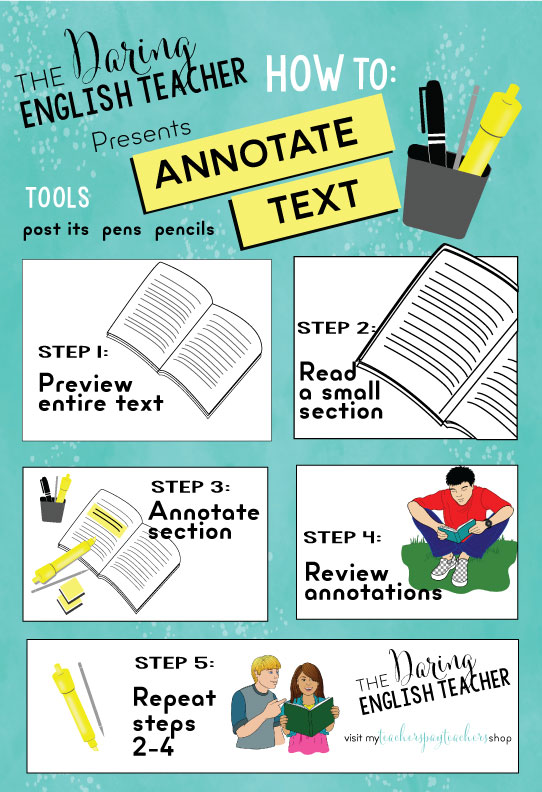
Already at the intermediate and especially at the advanced stage of education, home reading is extremely important, because it is at this period, theoretical disciplines are studied, the significance of which can be implemented in search, research work on material of literary texts.
"Homemade Reading is compulsory for all students, optional attitude towards the textbook, constant and abundant reading with the aim of extracting meaningful information” [5, p. 29].
homemade reading from the point of view of understanding the content of artistic text is synthetic because it does not require students to significant mental effort. In this case, attention The learner is more riveted to extracting information from the text. When students learned how to understand the content on their own literary text, i.e. at intermediate and advanced stage of learning, you can give them texts for homework or independent reading.
6) The work on the text can be divided into three stages: pre-text, pre-text and post-text.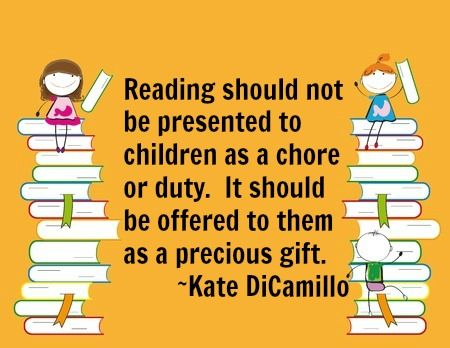 If these three groups of work on text will be correctly organized, then the reading of artistic texts gives the best results.
If these three groups of work on text will be correctly organized, then the reading of artistic texts gives the best results.
Pretext work is to create interest in reading this or that works by students. Naturally, the process of reading without interest does not give the desired result. The teacher at this stage work on the text at your own discretion and based on the features Persian-speaking students, gives information about the text, the author and in general about what enlivens students' interest in reading this artistic text. This is very difficult, because all groups differ from each other and therefore the correctness of the pretext work requires a lot of experience and attention from the teacher.
Sometimes at this stage of work on the text, you can ask students to tell about the author, his marital status and his work, you can even ask them to name those works of the writer translated into Persian language. "It will help keep them self-confidence, increase their self-esteem and ultimately create a more favorable atmosphere in the classroom" [3, p.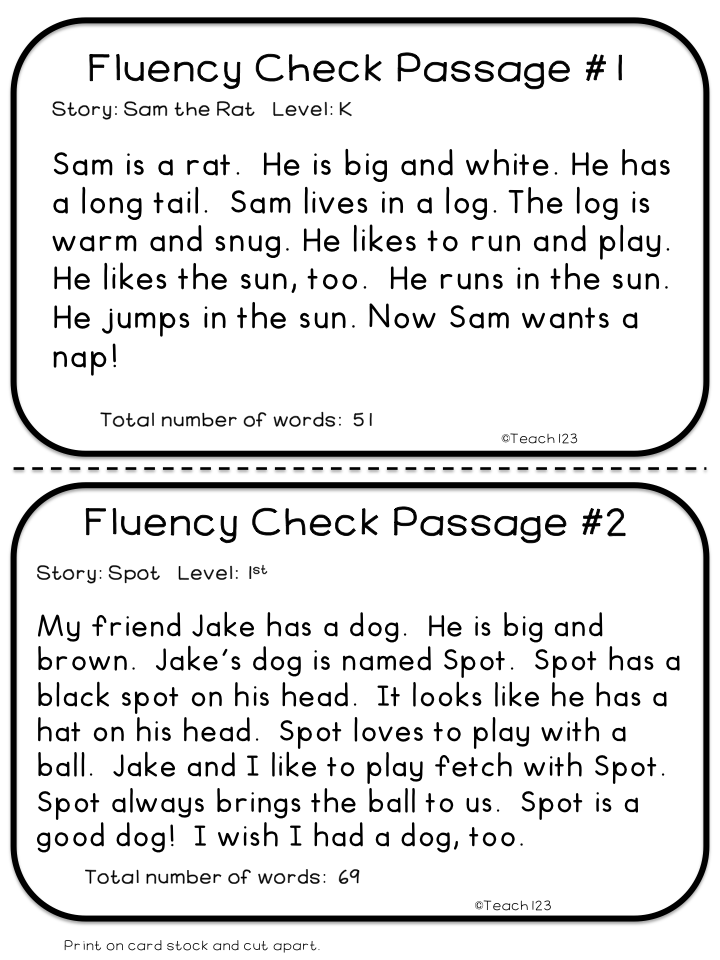 107].
107].
Text small volume can be directly read in the classroom, but if it must work on a large text, then you can offer students first read it at home and try to understand it and then in class work on it. Pre-text work begins after reading the text in the classroom, but do not force students to read the text aloud. First, the teacher reads the text aloud and after it you can invite good students to read it, but do not force them.
By According to N. V. Kulibina, work on the title literary text is included in the preliminary work on text. You can ask students to think about the title of the text and predict its content. Methodists believe that it is not necessary to talk about the content of the work before reading the text, because it reduces the interest of students to read the text. Enough to give general information, for example, when and where the author wrote this work, at that time how old he was, etc. Give students time to check their guesses about the content.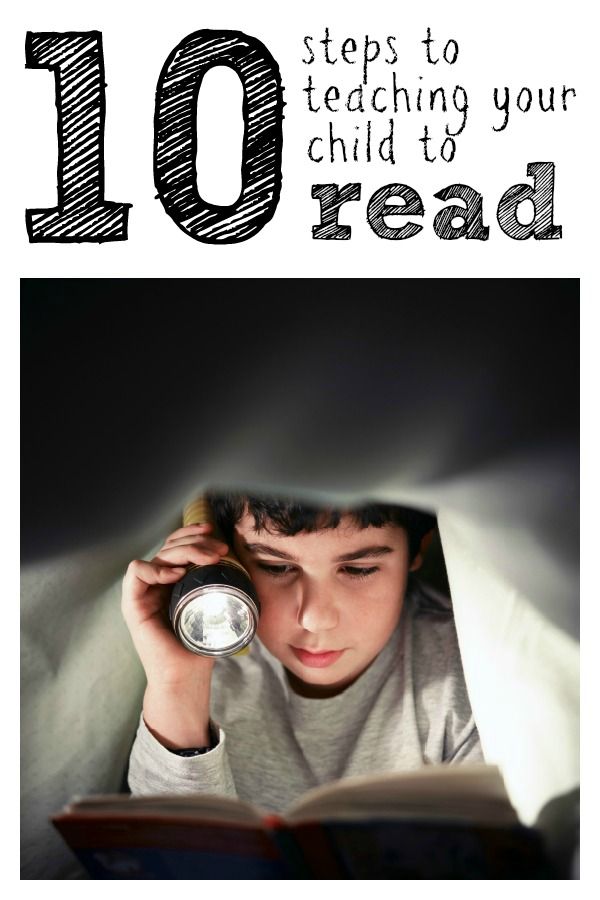 by the title of the text and it will be very interesting for them.
by the title of the text and it will be very interesting for them.
Now you can proceed to the main stage of working on the text, i.e. to textual work. The importance of near-text work is so what methodologists say: it is impossible to imagine a lesson without textual work, but without post-text and pre-text is possible.
On the at this stage it is necessary to teach students so that they themselves understand the text and extract information on their own. The teacher is in no way case should not give students an explanation about the content of the text or in their own language find out its content. "This trick providing understanding of a specific text, does not teach to read and understand others" [3, p. 120].
Should note that those words, without knowing the meaning of which it is impossible to understand the meaning of the text is keywords. Teachers must have in mind, if in a particular text there are a lot of incomprehensible keywords, then this text is not considered ideal for reading in the audience.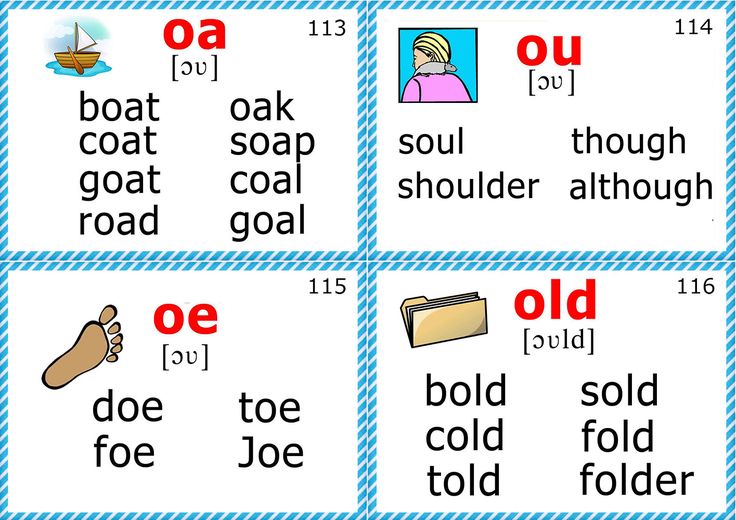 In some cases, all key words, but the situation of the text is incomprehensible. This text is also not ideal for reading.
In some cases, all key words, but the situation of the text is incomprehensible. This text is also not ideal for reading.
Student must know what to do with the text. In the first lessons with the help of a teacher, you need to find key words in the text and understand that even if there are a lot of unfamiliar words in the text, there is no need to be afraid, since we do not deal with all these words, it is better to guess the meaning with the help of the teacher's questions keywords.
After textual work on literary texts begins post-text work. Some experts believe that post-text work on texts is not needed, and some vice versa.
post-text work can be written or oral, classroom or homework. At In this case, the teacher can ask students questions that they should answer right after reading the literary text or at home. In the latter case, the next session will discuss these questions.
By Kulibina’s opinion “post-text work can be used: 1) to deepen students' understanding of the text itself; 2) to expand the background on which the text is understood to include it into a wider literary and cultural context" [3, p.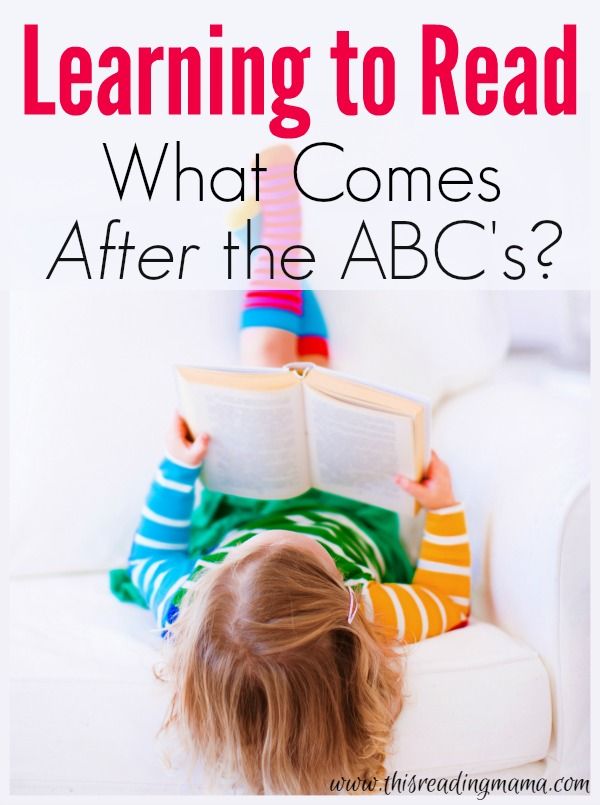 143].
143].
For students' understanding of the read text can be offered to students translate the text or discuss the read literary text and with using the analysis of a literary text, it is possible to include read literary text into a wider literary and cultural context.
By in our opinion, taking into account the above methodological facts, when Teaching Reading Literary Texts to Iranian Audiences can turn Persian-speaking students into expert interpreters literary texts and at the same time achieve the leading goals learning with the help of these texts, since the main goal teaching the Russian language - fluency in the language in its oral and written.
Literature:
-
Andronkina N. M. Work over literary texts in the process of learning a foreign language language as a profession. -C3.
-
Kostomarov V. G. Methodical guide for teachers of the Russian language to foreigners.-M., 1978.-С113.
-
Kulibina N.
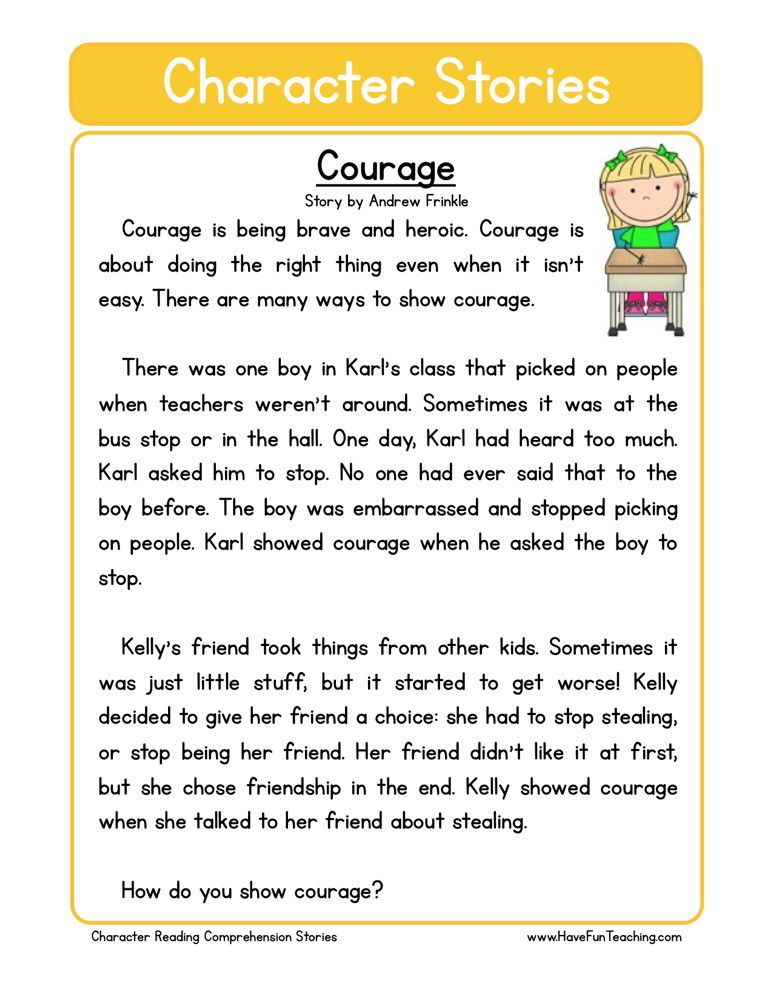 V. Why, what and how to read in the lesson.-St. Petersburg, 2001.-С102.
V. Why, what and how to read in the lesson.-St. Petersburg, 2001.-С102. -
Stepanov S. S. Large problems of a small child: advice from a psychologist - parents. - Moscow: Pedagogy - Press, 1995 - 168 s
-
Fadeev V. M. Homemade reading in high school, its organization and techniques control. -M., 1979.-S29.
-
Shchukin A. N. Methodology teaching Russian as a foreign language.-M., 1990.-С127
How to teach to read in English: tips, pdf-cards
2017
0
For native Russian speakers, reading is reduced to letter recognition. The English are not so lucky, and with them, and everyone who learns English as a foreign language. It is sometimes difficult even for the inhabitants of Foggy Albion to write and read competently in their native language. In this article, we will analyze the complexity of learning to read in English and give practical advice on how to teach this to children and adults.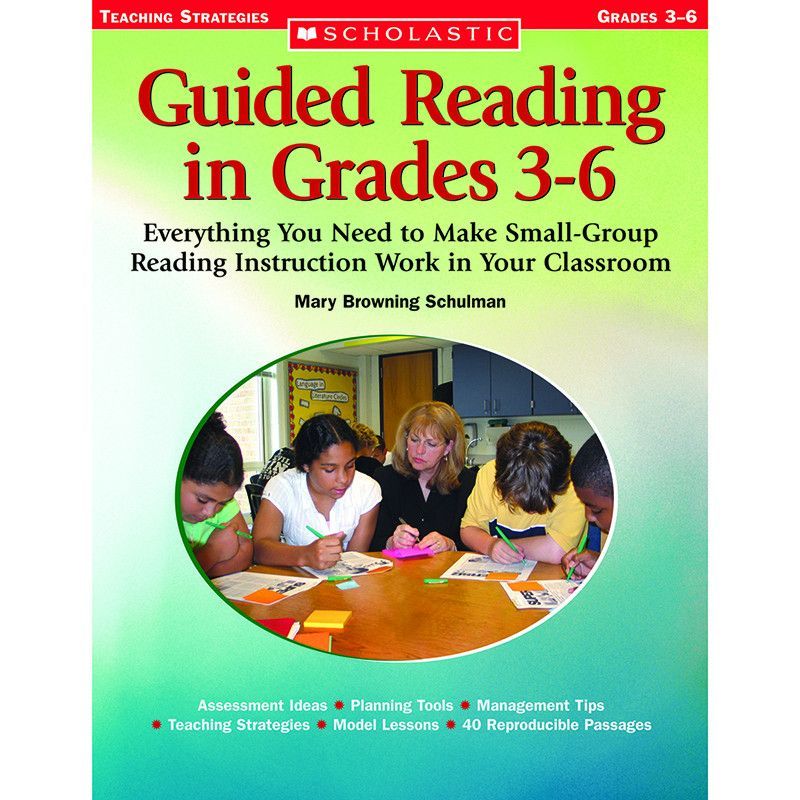
Content:
- The essence of the problem
- Syllabic reading
- Vocabulary reading
1. The essence of the problem
” and others, and the letters “a”, “be”, “ve” appeared. Learning to read has become easier: the letter began to denote the sound that is in its name. There was no Peter I in English history, therefore in modern English there are more than forty phonemes and only 26 letters.
Obviously, there are not enough letters to convey all the variety of sounds in the English language. Moreover, historically it so happened that some sounds do not have their own letter - for example, [ ʃ ] and [ tʃ ]. Conversely, other sounds can be indicated by several letters ([ k ] - c at, k ite, q ueen, [ f ] - f an, ph one).
How can an English teacher solve a problem? Learning to read will be successful if you combine two approaches at the same time: syllabic and vocabulary reading.
Our materials may also be useful:
2. Syllabic reading
This approach is similar to learning to read and write in Russian.
Step one
The student memorizes only one sound, which stands for each letter (the phonemic principle of learning to read). Phonetic songs will help in learning:
Step two
We learn the rules of reading, that is, we read by syllables.
1) Get acquainted with some simple digraphs denoting vowels -ee- (green, tree), -oo- (book, look), -ou- (house, mouse).
2) We teach combinations with the letter -H-: -sh- (Fish), - this).
To introduce students to the reading rule -sh , I usually ask them to write in English a few simple words that are familiar to the ear: pink, dog, lemon, green, red, desk, book, pen, etc.
After that, please write the word fish.
Then we bring the student to the conclusion that in English there is no letter for the sound [ ʃ ], and ask the question: how did the British solve this problem? After the student has tried to come up with an answer (it is important that he tried it!), we come to the conclusion that if there is no letter, such a sound can be written with a combination of other known letters. In English, to record the sound [ ʃ ] use the letters - sh
sidebar Such an inductive way of getting acquainted with the reading rule through a problem situation is much more effective , than the “out of the box” rule (deductive way).
3) When the student has already mastered the rules for reading some letter combinations, we introduce the rules for reading vowels in an open syllable ( I type of reading ).
Option 1. Using the analogy with the Russian language
Option 2. Telling a fairy tale about the “magic” E (cow), -ea- (peach, meat, sea).
5) enter the reading rules with the letter w: -wh (what, when), -wa / wha (want, what184)
6) enter the rules for reading vowels before -r (III type of reading):
A a - [a:], car, star
E e - [ɜ:], her
I i - [ɜ:], bird, girl
U u - [ɜ:], purple
O o — [ɔ:], fork, horse
Further, the sequence of studying the reading rules depends on the topics of the lessons.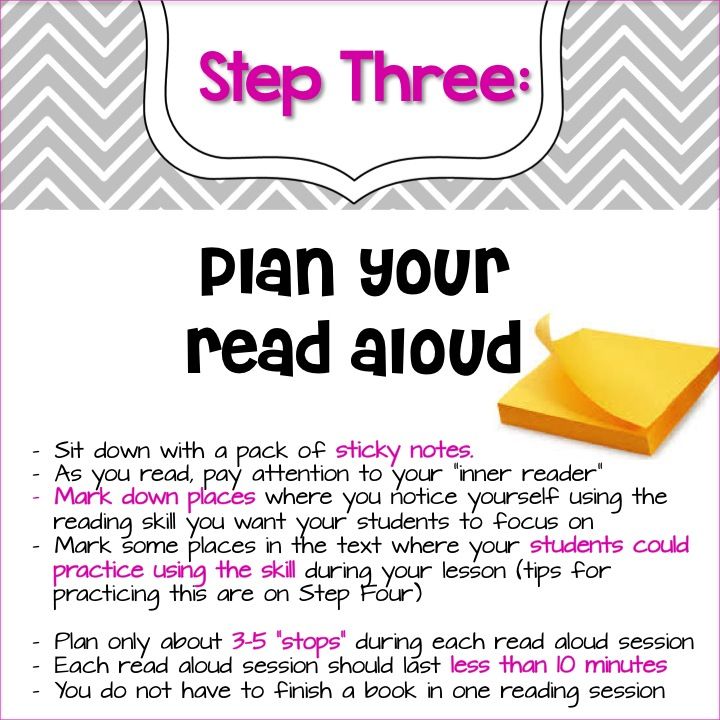 So, when getting acquainted with the topic “Clothes”, we remember or repeat the phonetic equivalent of the digraphs –ou (blouse, trousers), -ir (skirt, T-shirt). Studying pets or school supplies, learn about readings of the letter Cc (-e, i, y + c = pencil, mice).
So, when getting acquainted with the topic “Clothes”, we remember or repeat the phonetic equivalent of the digraphs –ou (blouse, trousers), -ir (skirt, T-shirt). Studying pets or school supplies, learn about readings of the letter Cc (-e, i, y + c = pencil, mice).
Fairy tales and images will help to learn the rules of reading with preschoolers and younger students:
Cards for memorizing reading rules3. Vocabulary reading
There are many reading rules in English, most of which are difficult to remember. In order not to overload students at the beginning of their acquaintance with a foreign language, in this way we learn the literal images of new words, “like pictures”.
Based on vocabulary reading, we also learn numbers up to 10. Explain word reading one, two is extremely difficult - it's more efficient to just remember them.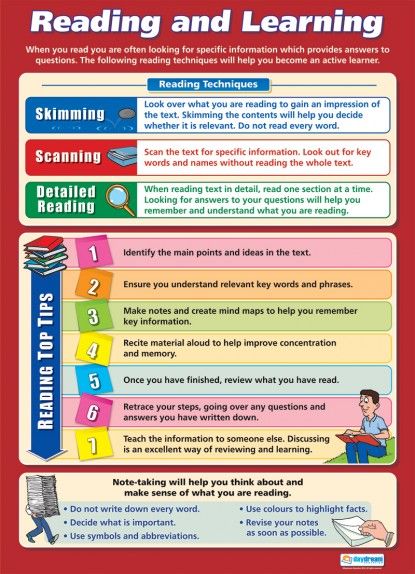
Interrogative words, first of all What and How , we remember with images.
So we teach children not only to use the rules of reading, but also to memorize the literal image of the word. It is important to explain to parents the principle of vocabulary reading and the reason why teachers are forced to use it.
By the way, you can download our useful cards for free.
kartochki-dlya-uroka-uchim-chteniyuDownload
How to help students memorize the letter image of a word
Memory and thinking are closely related to fine motor skills, so the easiest way to memorize new words is to write them down. It is important to write with your hand, and not to type text on the keyboard. What else can be used:
- Games for the development of memory, and above all the game "Memory" (you need to match a card with a picture with a card-pair with the corresponding word).
- Games like "Anagram" (where the letters of the word are mixed up and they need to be arranged in order), "Gallows" (where the student has to guess the word in a certain number of attempts, naming one letter at a time).
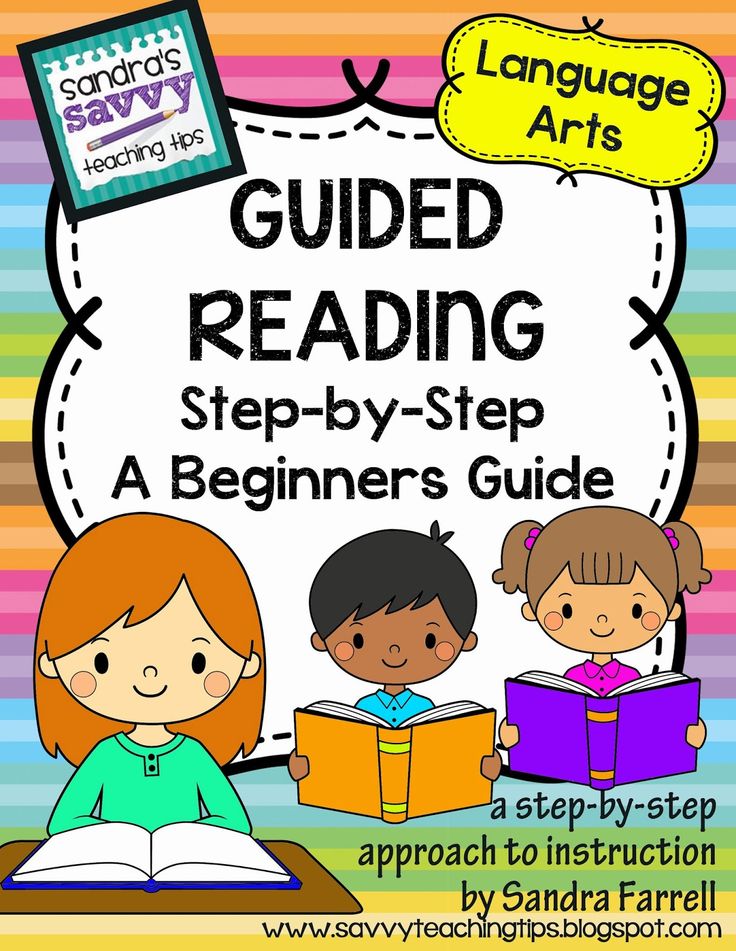
Learn more


